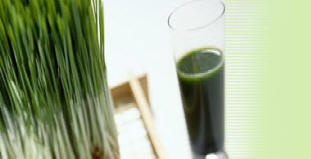-
Read all instructions before using the microwave.
-
Avoid possible exposure to excessive microwave energy.
-
Do not attempt to operate this oven with the door open since open-door
operation can result in harmful exposure to microwave energy. It is
important not to tamper with the safety interlocks r drill holes with
the external body.
-
Do not operate the oven if it is damaged. It is particularly important
that the oven door closes properly and that there is no damage to the:
(1) door (bent), (2) hinges and latches (broken or loosened), (3) door
seals and sealing surfaces.
-
Take
special care to ensure that no damage occurs to the part of the oven
making contact with the door or door seals .Do not by pass the door
interlocks.
-
The appliance must be grounded properly.
Ensure
that the microwave is unplugged or disconnected from electrical power
before reaching into any accessible openings or attempting any
repairs.
-
Do not
test a microwave power generating component without an appropriate
load connected to its output. The power generated must never be
allowed to radiate freely into occupied areas.
-
Ensure
that the adjustment of applied voltages, replacement of the microwave
power generating component, dismantling of the oven components, and
refitting of waveguides are undertaken only by persons who have
been specially trained for such tasks. The services of a qualified
repairman should be sought when any malfunction is suspected.
-
Never
operate an empty microwave. If you want to practice using it, place a
cup of water inside to absorb the microwave energy.
-
Keep the
inside of the microwave clean. Wipe up chemical spills as they occur.
-
Metallic
vessels are not recommended for microwave use. Do not use aluminum
foil or metallic components.
-
Sealed containers tend may explode. Such containers must not be heated
in a kitchen microwave with a special pressure sensor are recommended.
.
-
Do not cover or block any openings on the appliance.
-
Do not store a microwave outdoors. Do not use it near water– for
example, near a laboratory kitchen sink,
-
If materials inside the oven ignite, keep oven door closed, turn oven
off, and disconnect the power cord, or shut off power at the fuse or
circuit breaker panel.
-
Do not use the cavity for storage purposes. Do not leave paper
products, cooking utensils, or food in the cavity when not in use.
-
Experiments that required the use of volatile solvents and hazardous
chemicals are to be used carefully. Fire hazard is also an important
consideration when microwaves are concerned.
